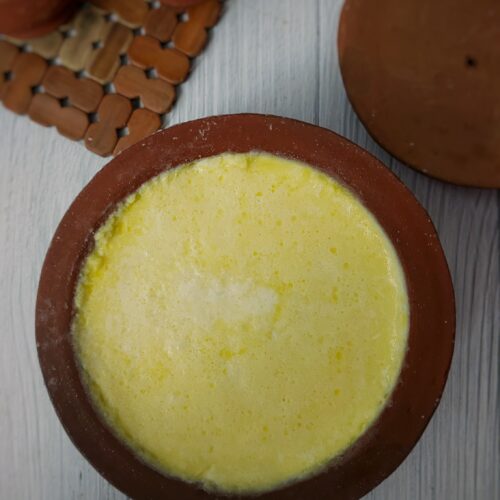
Curd Recipe
Curd is a delicious and nutritious dairy product made from milk that's full of flavor and can be used in many different ways. Curd, also known as Dahi is a dairy delicacy that's been around for centuries but is still making a big impact on the culinary scene today with its distinctive tangy flavor and creamy texture.
Calories 631kcal
Ingredients
- 1 liter of milk
- 1 tbsp of curd or yogurt culture as a starter
Instructions
- Start with clean utensils, and make sure the earthen pot and spoon you use are clean and free of any soap residue or contaminants. This will prevent any unwanted flavors from affecting the curd. Set aside.
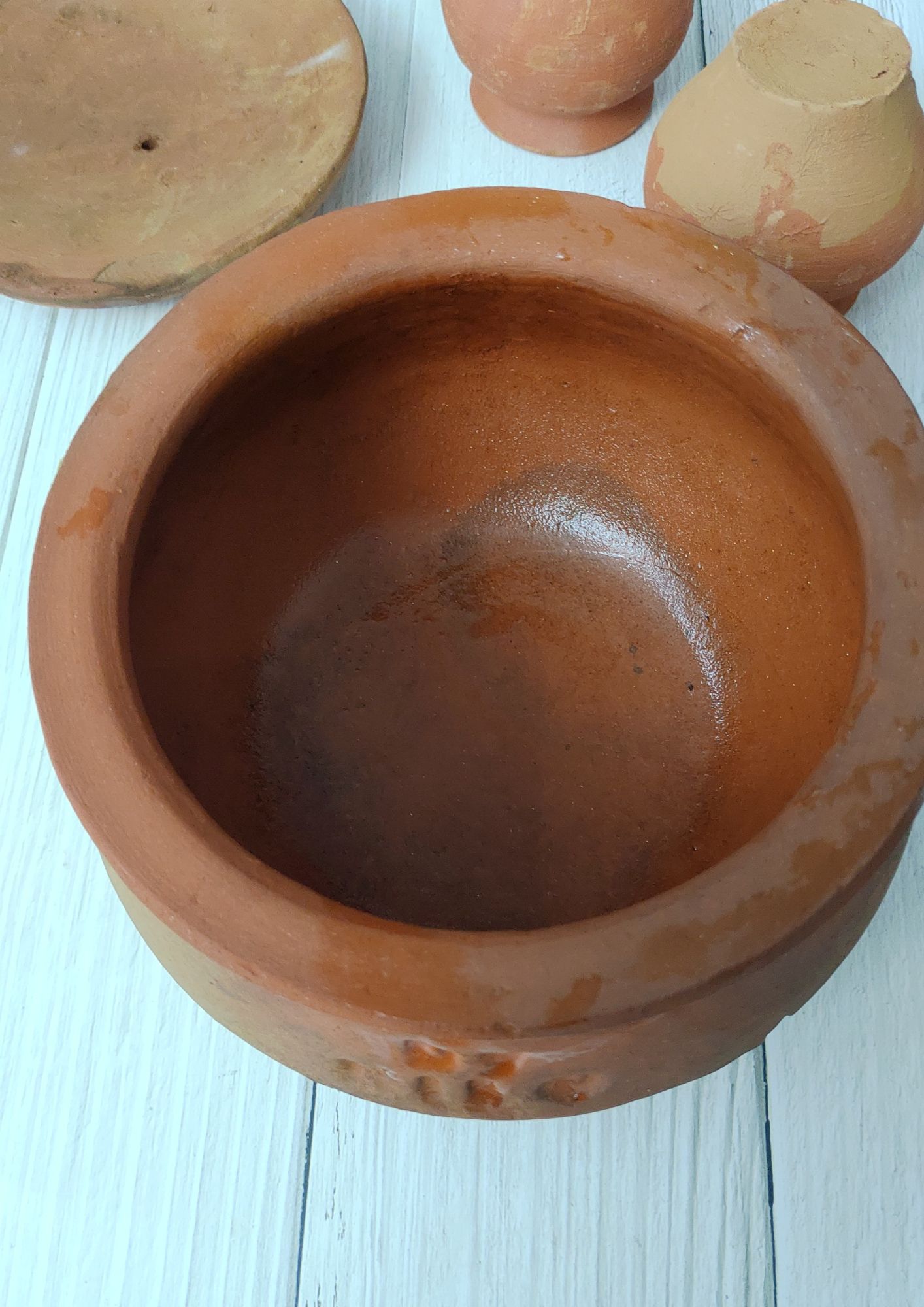
- Heat the milk in a pot. This process, known as pasteurization, kills any harmful bacteria in the milk and helps to create a smooth and creamy curd.
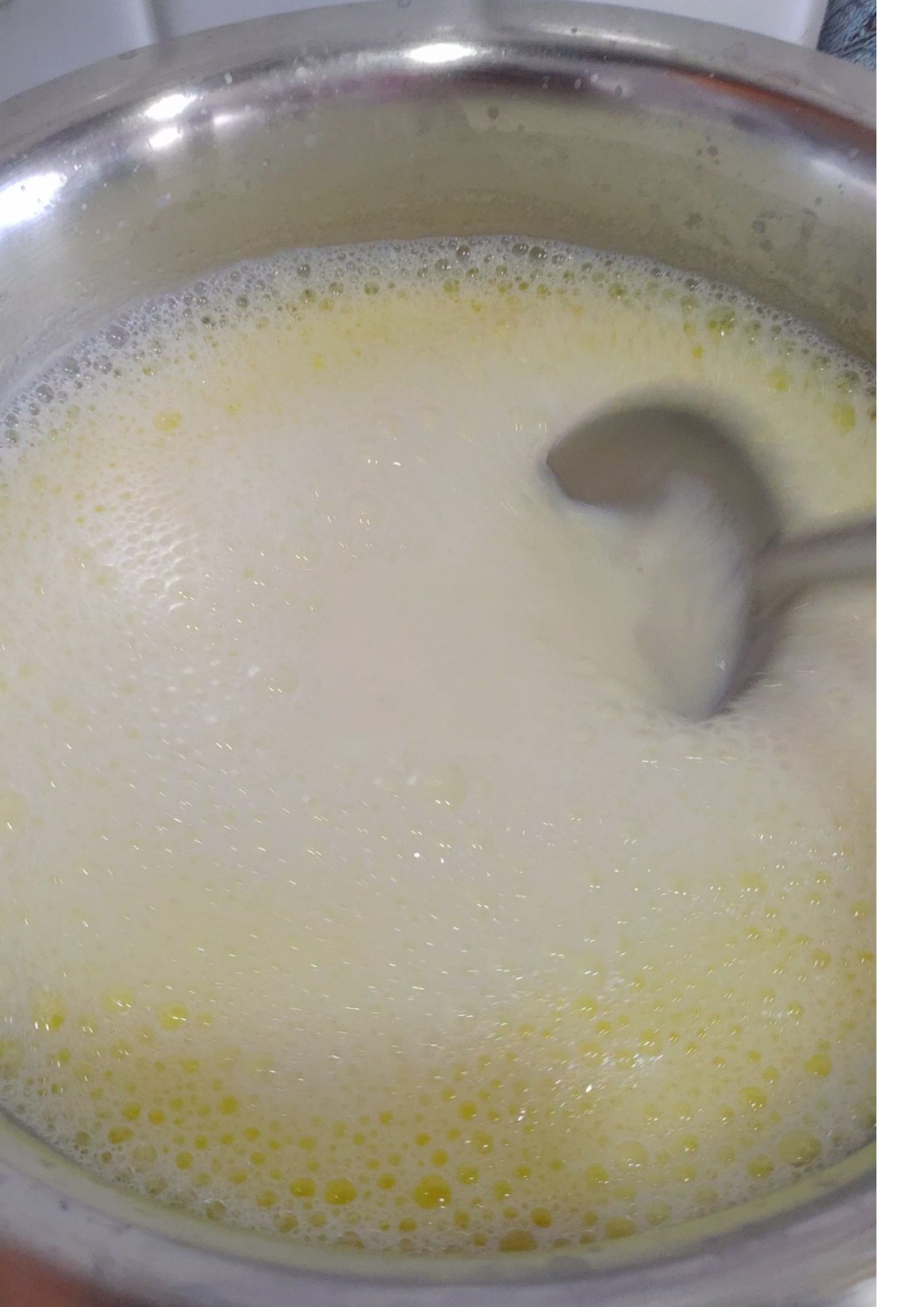
- Now let the milk become warm at room temperature. This temperature is ideal for adding curd culture, as it provides a warm and cozy environment for the bacteria to grow.
- To check if the milk has become warm dip your little finger into the milk and you should feel warm and not hot.
- You can even check with a food thermometer if you have one, and it should have a temperature between 39 to 44 degrees celsius or 102 to 111 degree fahrenheit.
- Once the milk has become warm, you can use the same pan for setting curd or transfer the warm milk in another bowl.
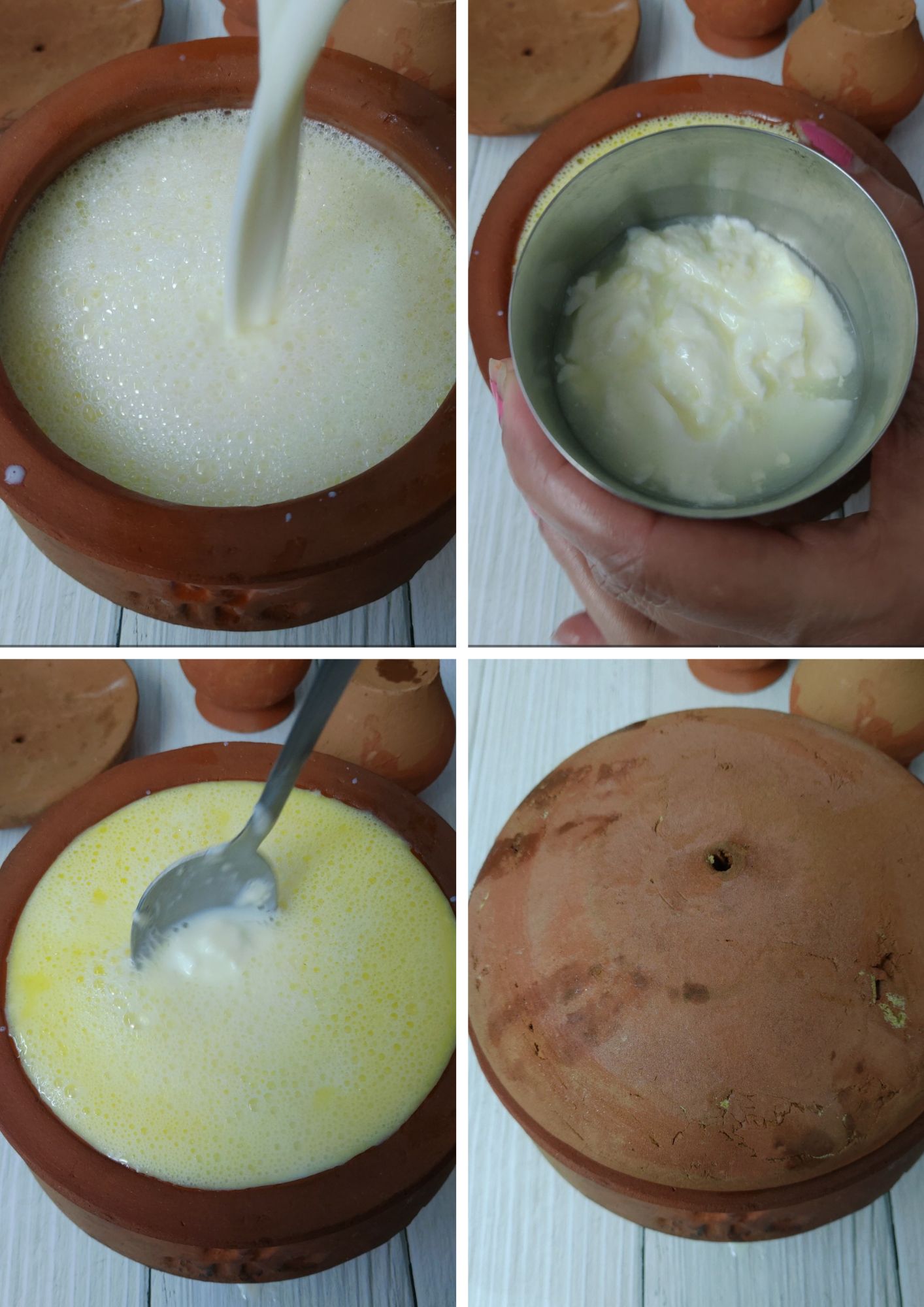
- Today I am using an earthern pot to set the curd. Setting curd in an earthern pot can be a fun and satisfying experience, and it can result in a delicious and creamy curd with a unique flavor.(you can even boil milk in the clay pot, ensuring that the clay pot is well cleaned, else there will be a chance of getting milk curdling up).
- Add a small amount of curd culture to the cooled milk and mix well. The curd culture can be either store-bought or from the previous batch of curd. (today I tried a diffrent trick to set this curd. What I did is that I added a little quantity of the curd culture on four different sides and then a little at the centre without mixing it. And then followed the remaining process. And guess what? The curd set really well with no water in it. Isn't that amazing?)
- Anyways this was my find but if you want you can follow the regular process which is something my Mom also used to do.
- Cover the pot with a lid and place the pot in a warm and dry place, away from direct sunlight.
- Leave the pot undisturbed for around 6-8 hours, or until the curd sets and thickens. The timing may vary depending on the temperature and humidity in your area.
- Once the curd is set, refrigerate it for a few hours to chill before serving. This will help to thicken the curd further and enhance the flavor.
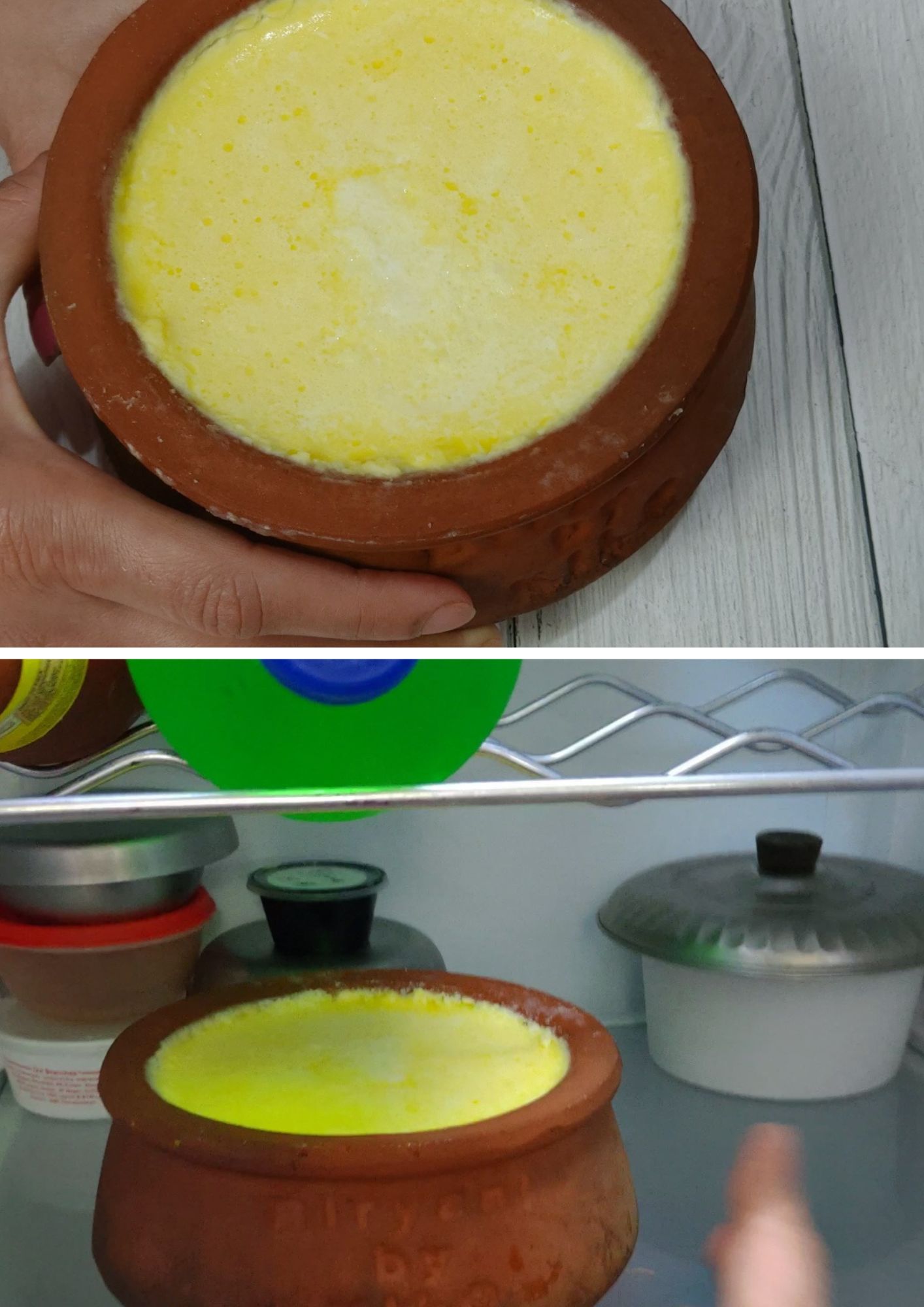
Notes
Use full-fat milk for best results, as the higher fat content will produce a thicker and creamier curd.
Make sure that all utensils and containers used in the process are clean and free from any soap residue.
The temperature of the milk is important. If it's too hot, it will kill the bacteria in the curd culture, and if it's too cold, it won't ferment properly.
If the curd doesn't set after 6-8 hours, it may be because the temperature was too low. You can keep it in a warm place for a few more hours to help it set.
Nutrition
Calories: 631kcal | Carbohydrates: 49g | Protein: 35g | Fat: 34g | Saturated Fat: 20g | Polyunsaturated Fat: 1g | Monounsaturated Fat: 7g | Cholesterol: 126mg | Sodium: 401mg | Potassium: 1578mg | Sugar: 51g | Vitamin A: 1691IU | Vitamin C: 0.1mg | Calcium: 1293mg | Iron: 0.01mg